
How Patrick Geddes Revolutionized Urban Planning in India?
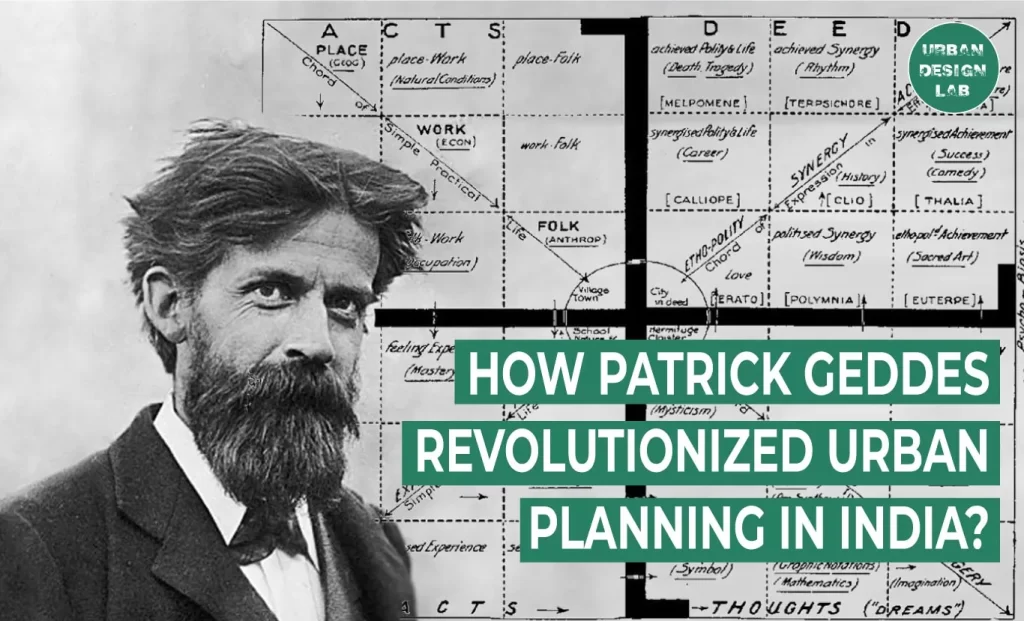
Introduction
Patrick Geddes (1854-1932) was a towering figure whose influence transcended the realms of sociology, urban planning, and ecology. His work in the Indian subcontinent between 1914 and 1924 served as a shining example of his unwavering dedication to urban regeneration that harmonized the needs of both human and natural environments. Geddes’s groundbreaking approaches seamlessly integrated insights from a multitude of disciplines, underscoring the paramount importance of preserving existing social and cultural fabrics while simultaneously elevating urban living standards.
Through his nearly 50 town planning reports meticulously prepared during his time in India, Geddes demonstrated an unparalleled commitment to building better urban environments that actively involved all stakeholders. His relentless efforts, encompassing visits to universities, publications, workshops, and conferences, served as a clarion call to educate the public and intellectuals alike, disseminating his visionary philosophy and practical ideas far and wide.
This comprehensive article delves into the profound contributions of Patrick Geddes to urban planning in India, illuminating his pioneering methods, guiding principles, and the enduring legacy that continues to resonate across generations. By examining his revolutionary concepts and their lasting impact, we gain invaluable insights into creating humane, sustainable, and thriving cities that celebrate the intrinsic bond between the built and natural worlds.

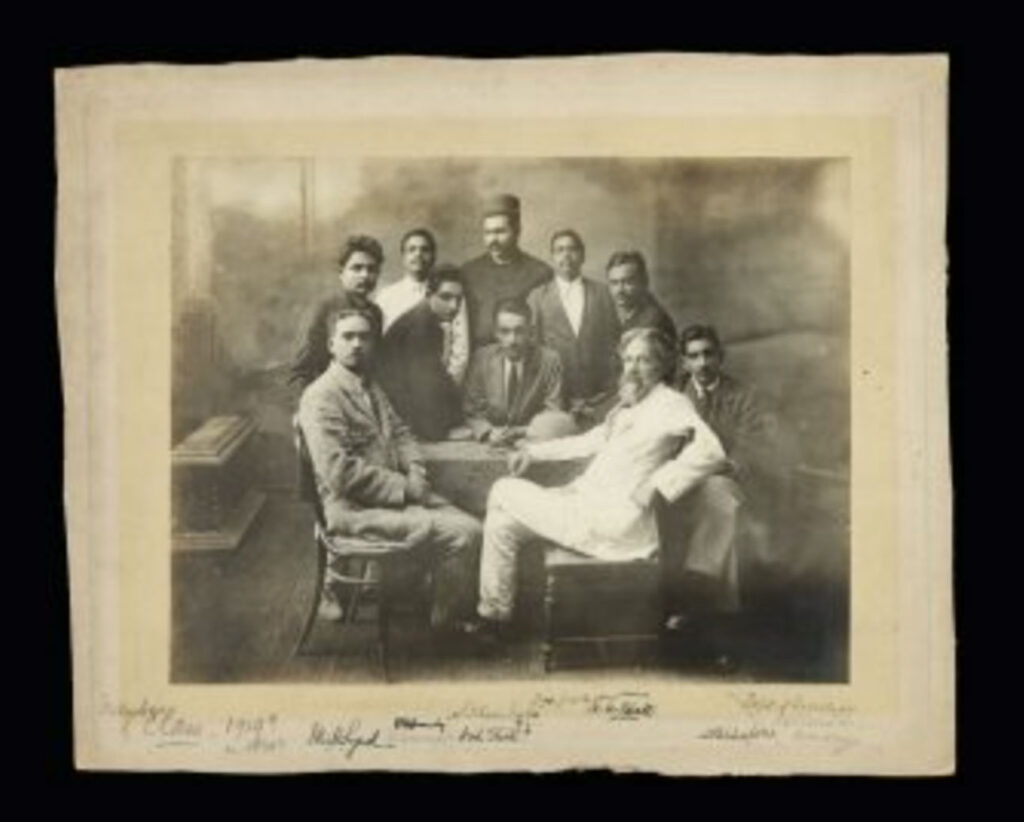
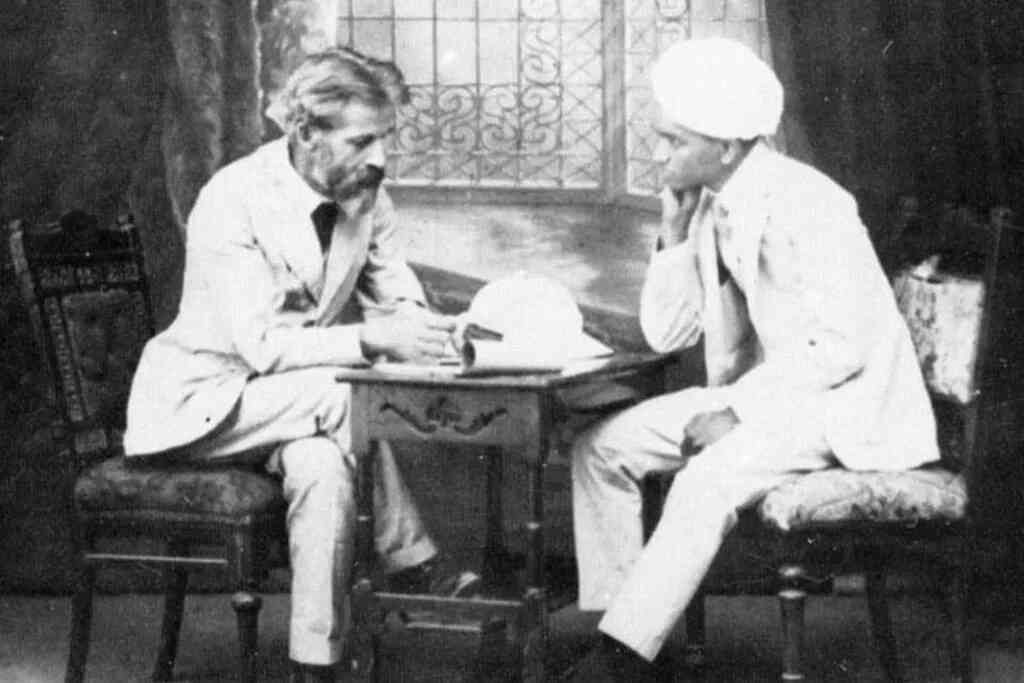
Urban Planning: Beyond the Science
Geddes’s approach to urban planning stood apart in its seamless synthesis of various disciplines, weaving together insights from botany, sociology, civics, art, philosophy, and health. His unique perspective viewed cities as living, breathing organisms, each with its distinct set of strengths, weaknesses, and rich historical tapestries. This holistic viewpoint rejected the notion of a one-size-fits-all blueprint for urban development, recognizing that such a rigid approach could never adequately address the diverse and ever-evolving nature of cities.
Instead, Geddes championed the development of meticulously tailored plans that catered to the specific needs and conditions of each city, underscoring the critical importance of comprehending the intricate social processes and trends that shaped urban environments. For Geddes, urban planning transcended the mere construction of buildings and infrastructure; it was a means to create harmonious environments where natural and built spaces complemented each other, fostering an environment conducive to the highest realization of human potential.
Geddes argued persuasively that the key actors in this transformative endeavor were universities, professional town planners, and administrators, who bore the responsibility of educating and inspiring citizens to actively participate in shaping their living and working conditions. He envisioned a collaborative process where the expertise of these institutions and professionals would guide and empower communities to take ownership of their urban spaces, ensuring that development remained firmly rooted in the aspirations and needs of the people.
Geddes's Work in India
During his influential tenure in India, Patrick Geddes produced a remarkable corpus of nearly 50 town planning reports, underscoring his unwavering dedication to improving urban environments through inclusive and economically sustainable methods. He embarked on a profound journey, visiting numerous cities and conducting meticulous diagnostic surveys, engaging directly with residents to cultivate a nuanced understanding of their unique needs and the challenges they faced.
Geddes was a vocal critic of the prevailing official policies that often prioritized the indiscriminate demolition of historic structures and the displacement of residents, actions that he believed eroded the very fabric of urban communities. Instead, he championed a revolutionary approach that advocated for the steadfast preservation of the social and cultural character of urban spaces, championing the principles of “conservative surgery”—a pioneering method that sought to effect meaningful improvements with minimal destruction and financial burden.
At the heart of Geddes’ approach lay the diagnostic survey, an extensive and immersive exploration of cities that involved walking tours and intimate interactions with residents, enabling him to gather firsthand accounts and insights. This emphasis on “diagnosis before treatment” was a radical departure from the conventional practices of the time and remains a salient testament to his visionary thinking, resonating powerfully with contemporary urban planning philosophies.
Geddes’ “conservative surgery” involved the strategic upgrading of dilapidated areas, eschewing costly and disruptive measures such as large-scale demolitions. He embraced a holistic view of the city as a living, breathing organism, rejecting the notion that its constituent parts could be easily discarded or replaced. Instead, he sought to create vibrant new spaces for communication, recreation, and the integration of greenery, all while meticulously preserving the rich tapestry of community traditions that defined the essence of urban life.
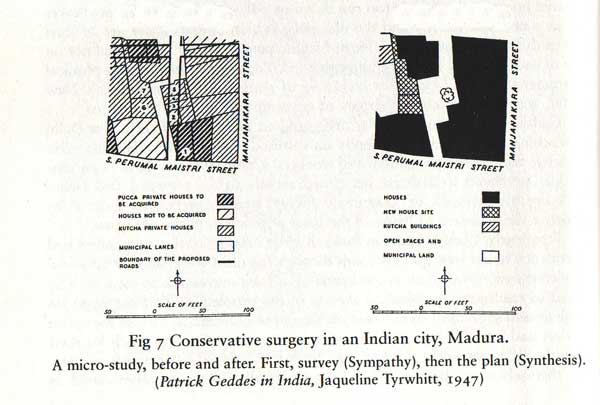

Preservation and Improvement
Geddes was an unwavering advocate for halting the widespread and indiscriminate demolitions that were rampant in many Indian cities during his time. He firmly believed that such actions not only incurred exorbitant costs and inflicted immeasurable human suffering but also resulted in the irreparable loss of invaluable historical heritage and cherished traditions. Geddes leveled scathing criticism at the practices of civic officials and engineers who, heavily influenced by European notions of hygiene and sanitation, often disregarded the profound social implications of their urban planning endeavors.
Geddes passionately argued for the development of comprehensive strategies aimed at securing the best possible living conditions for all segments of society, including the most marginalized and underprivileged communities. He recognized that the pursuit of modernity and progress must never come at the expense of human dignity and the erosion of cultural identity.
A prime example of Geddes’ principled stance can be found in his opposition to a municipal plan proposed in Lahore in 1917, which called for the demolition of numerous historic structures, including temples, mosques, and dharmashalas, to make way for new developments. Geddes decried this plan as a flagrant display of extravagance and irresponsibility, emphasizing the urgent need for conservative plans that could improve streets and public squares while minimizing the destruction of existing urban fabric.
Geddes’ philosophy was rooted in the belief that roads and streets should be designed to serve the needs of the people and their homes, rather than the reverse. He insisted that any unavoidable demolitions must be accompanied by comprehensive resettlement schemes, ensuring that displaced residents were provided with suitable alternative accommodations that met their needs and respected their cultural and social associations.
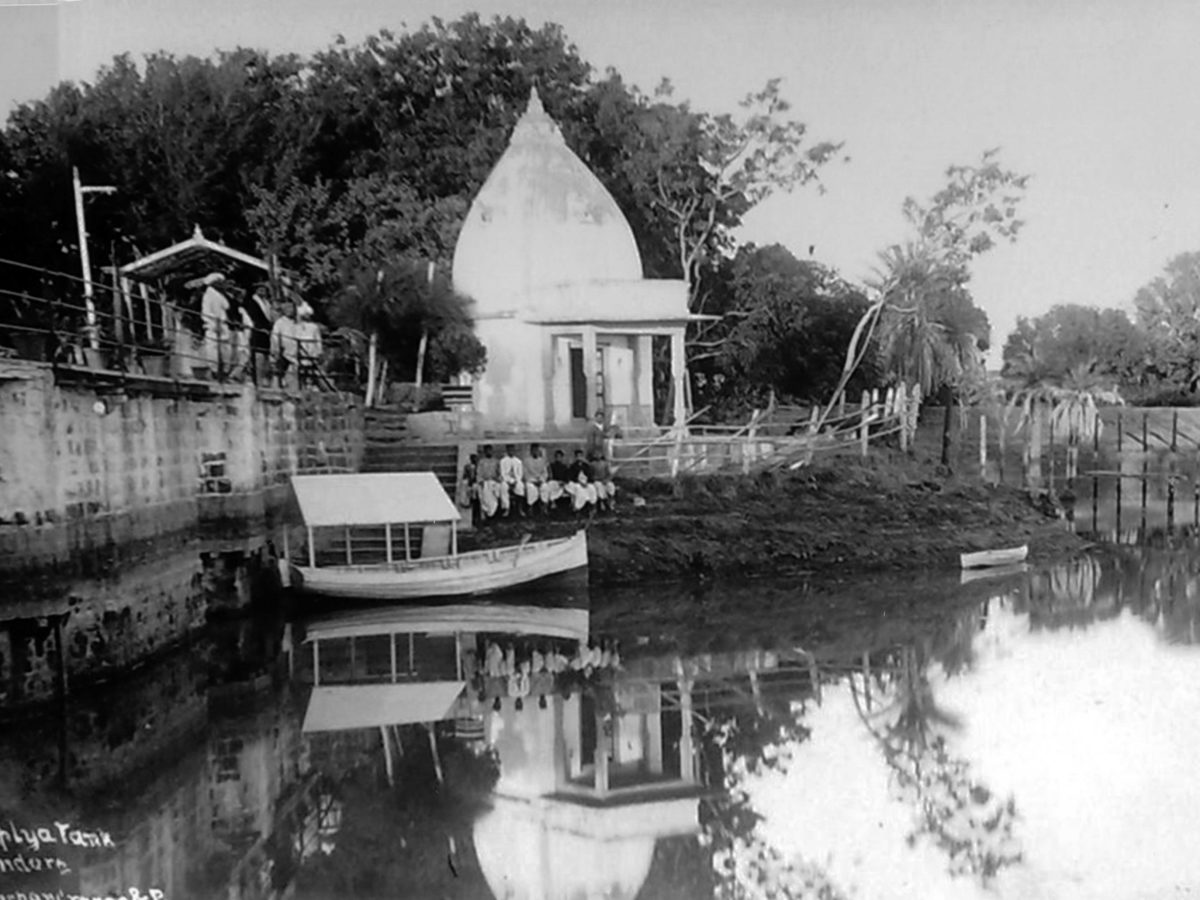
Role of the Planner
Geddes’s transformative vision for urban planning demanded that town planners transcend the role of mere technocrats and embrace a higher calling as visionaries imbued with profound social consciousness. Diverging from the traditional paradigm espoused by his contemporaries, Geddes eschewed the notion of imposing rigid, predetermined patterns upon cities. Instead, he acknowledged the intrinsic nature of cities as dynamic, ever-evolving entities, and advocated for urban planning approaches that reflected and accommodated this organic process of growth and development.
Wendy Lesser, a renowned literary critic, astutely observed that while conventional city planners sought to impose a semblance of order upon what they perceived as chaos, Geddes possessed a deeper understanding of the concept of organic order – an inherent harmony that naturally emerges and permeates within the fabric of urban environments.
Moreover, Geddes firmly believed that town planners, administrators, and experts bore a sacred responsibility to actively involve citizens in the planning process, recognizing that true progress could only be achieved through the active participation and empowerment of the very communities they aimed to serve. With unwavering dedication, he employed a multitude of innovative methods, including publications, exhibitions, public lectures, and immersive pageants, to disseminate his visionary ideas and cultivate a deep sense of civic responsibility among residents.
Geddes envisioned a collaborative paradigm where the expertise of planners and administrators would serve as a catalyst for citizen engagement, fostering a shared ownership of urban spaces and ensuring that development remained firmly rooted in the aspirations and needs of the people. This radical departure from the top-down approach of his era was a testament to Geddes’s profound understanding of the inextricable link between community and the built environment.
Living, Breathing Cities
Geddes’s visionary conception of the city transcended the narrow confines of mere housing and infrastructure; it was a holistic idea that encompassed sanitation, open green spaces, parks, gardens, trees, and water bodies. He held an unwavering belief that building in harmony with nature was crucial for ensuring the health and beauty of a city. Geddes’s town plans for cities across India served as a powerful testament to his profound concern for preserving and enhancing the natural environment.
With meticulous attention to detail, he often delved into discussions about the existing state of water tanks, gardens, parks, rivers, ponds, and trees, offering insightful suggestions on how to restore their vitality and mobilize community participation in their sustained maintenance. Geddes recognized that these natural assets were not merely aesthetic embellishments but integral components of a thriving urban ecosystem, playing a vital role in promoting the well-being of residents.
In towns such as Balrampur, Baroda, Thana, and Dacca, Geddes observed that traditional practices often fostered better natural conditions, reflecting the deep-rooted wisdom and reverence for the environment that had been passed down through generations. Drawing inspiration from these age-old traditions, he became a fervent advocate for involving communities in the collective effort of cleaning and maintaining public spaces, appealing to a sense of civic pride and fostering a spirit of collective responsibility.
Geddes envisioned cities as living, breathing entities, where the built environment and natural surroundings coexisted in a harmonious and mutually beneficial relationship. He recognized that true urban renewal could only be achieved by embracing and nurturing this delicate balance, ensuring that the relentless march of progress did not come at the cost of severing humanity’s sacred connection with the natural world.
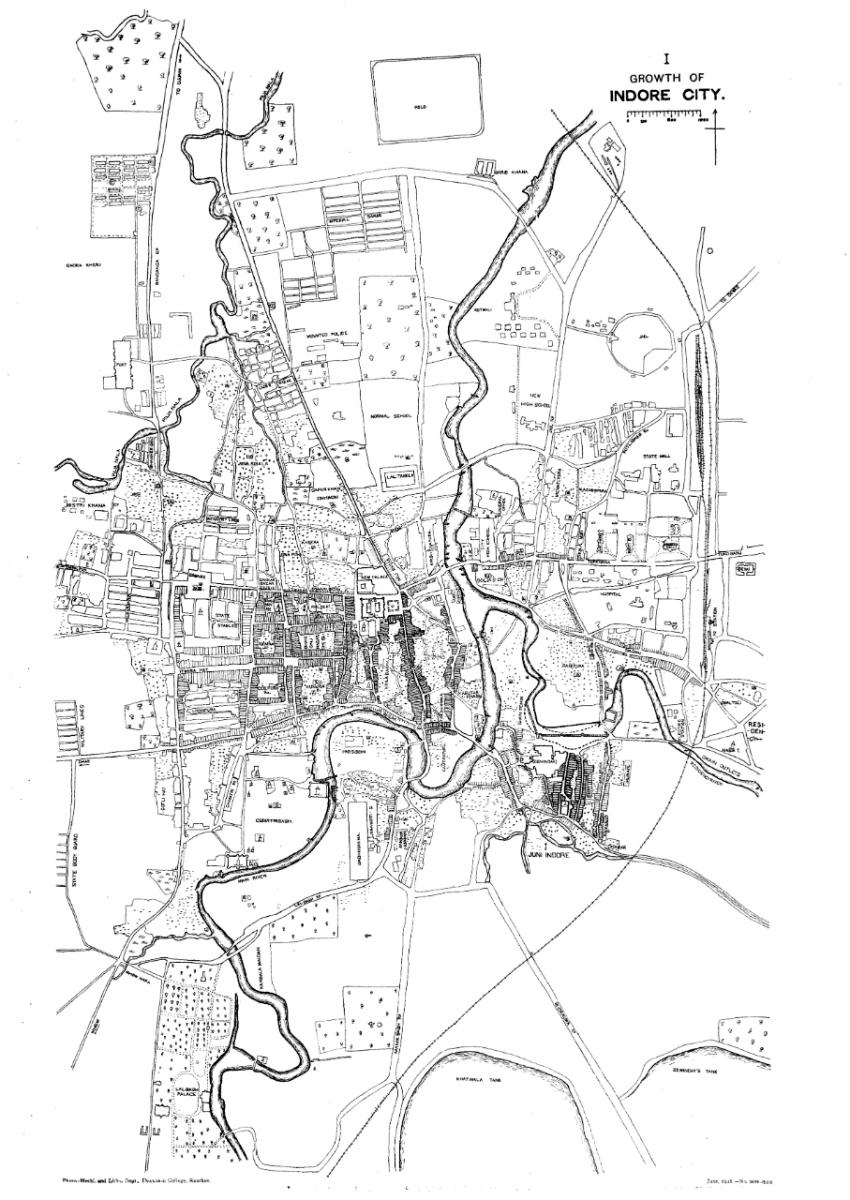
Revisiting Geddes Today
Geddes’s contributions to urban planning have seen a resurgence of interest in recent years. Archivists, librarians, social scientists, architects, and city designers are all engaged in the process of further understanding and appreciating his vision. The continued rediscovery of Geddes’s work is a sign of the growing awareness of the need to understand urban spaces and their built forms within the broader context of more sustainable lifestyles.
In today’s era, Geddes’s ideas are increasingly resonant as the practical application of his approach to study and classify urban design and planning process paths. With every day that passes, more recognize the need to fully appreciate the importance of his insights into what road or path leads to what future results. The natural growth of his influence follows from his profound yet straightforward way of looking at what constitutes more fit environments.
One additional inspiration of Geddes’s philosophy today lies in the growing appreciation that city-making truly responds to the principle of life-shaping forms following paths to greater life fitness. Our civilized world is increasingly capable of seeing itself more eco-bio-whatsoever practically at hand, while his eye to look far enough ahead to imagine different possibilities, yet inevitably more practical futures.
GIS Made Easy – Learn to Map, Analyse, and Transform Urban Futures!

Urban Design Lab
About the Author
This is the admin account of Urban Design Lab. This account publishes articles written by team members, contributions from guest writers, and other occasional submissions. Please feel free to contact us if you have any questions or comments.
Related articles


Architecture Professional Degree Delisting: Explained

Periodic Table for Urban Design and Planning Elements


History of Urban Planning in India
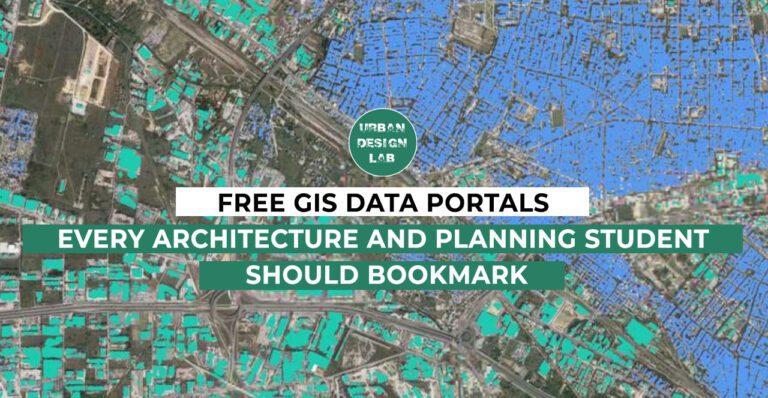
UDL Illustrator
Masterclass
Visualising Urban and Architecture Diagrams
Session Dates
17th-18th January 2026

Urban Design Lab
Be the part of our Network
Stay updated on workshops, design tools, and calls for collaboration
Curating the best graduate thesis project globally!

Free E-Book
From thesis to Portfolio
A Guide to Convert Academic Work into a Professional Portfolio”
Recent Posts
- Article Posted:
- Article Posted:
- Article Posted:
- Article Posted:
- Article Posted:
- Article Posted:
- Article Posted:
- Article Posted:
- Article Posted:
- Article Posted:
Sign up for our Newsletter
“Let’s explore the new avenues of Urban environment together “


























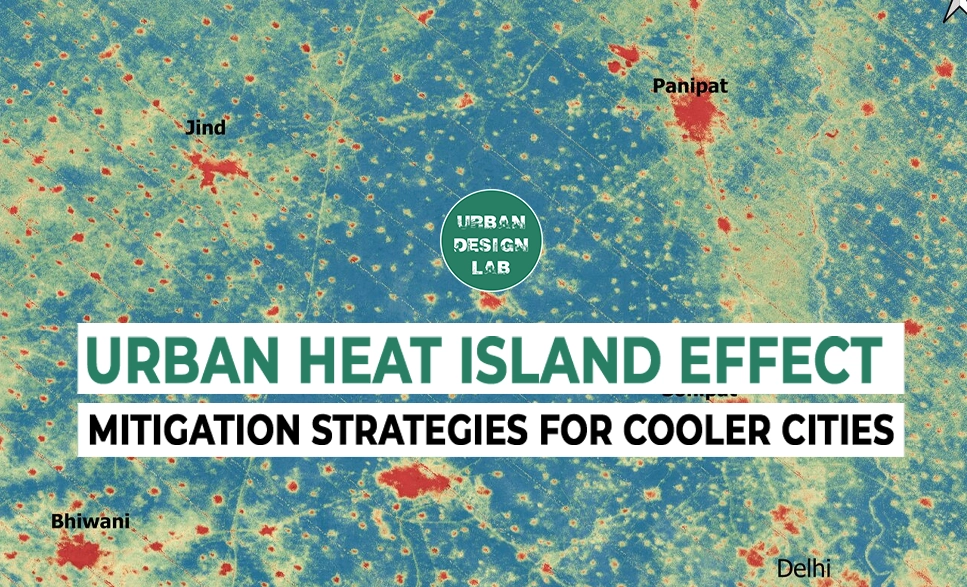
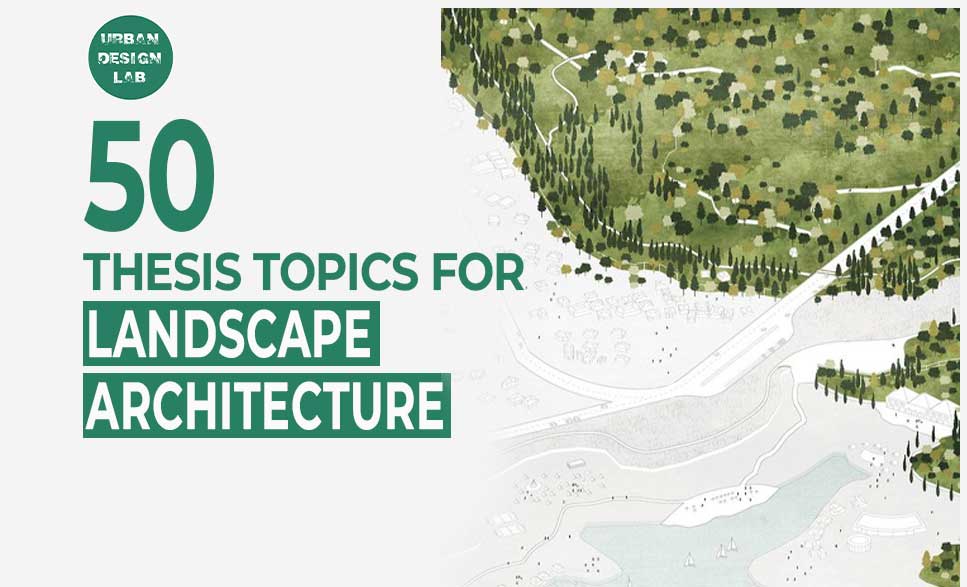


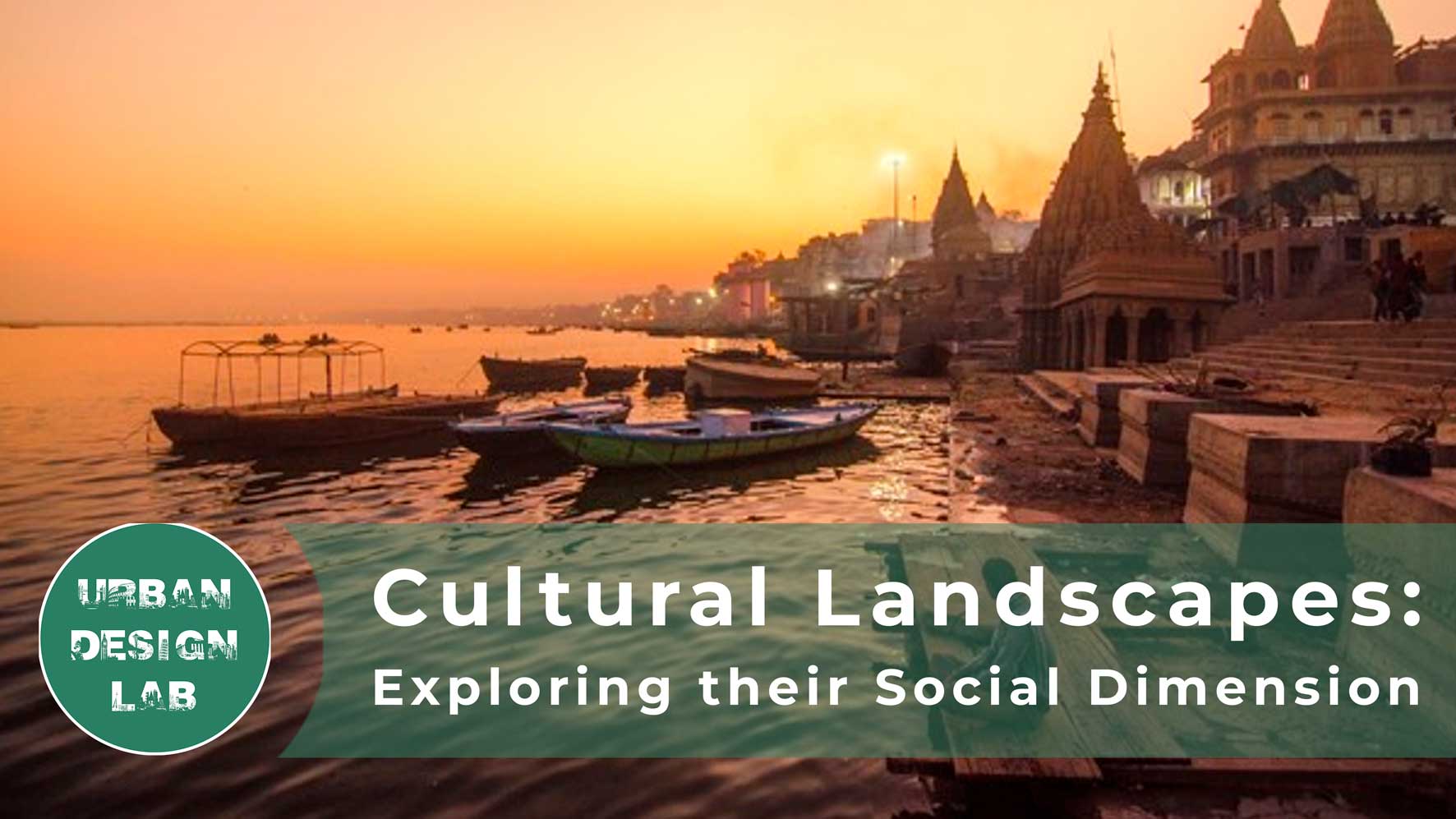
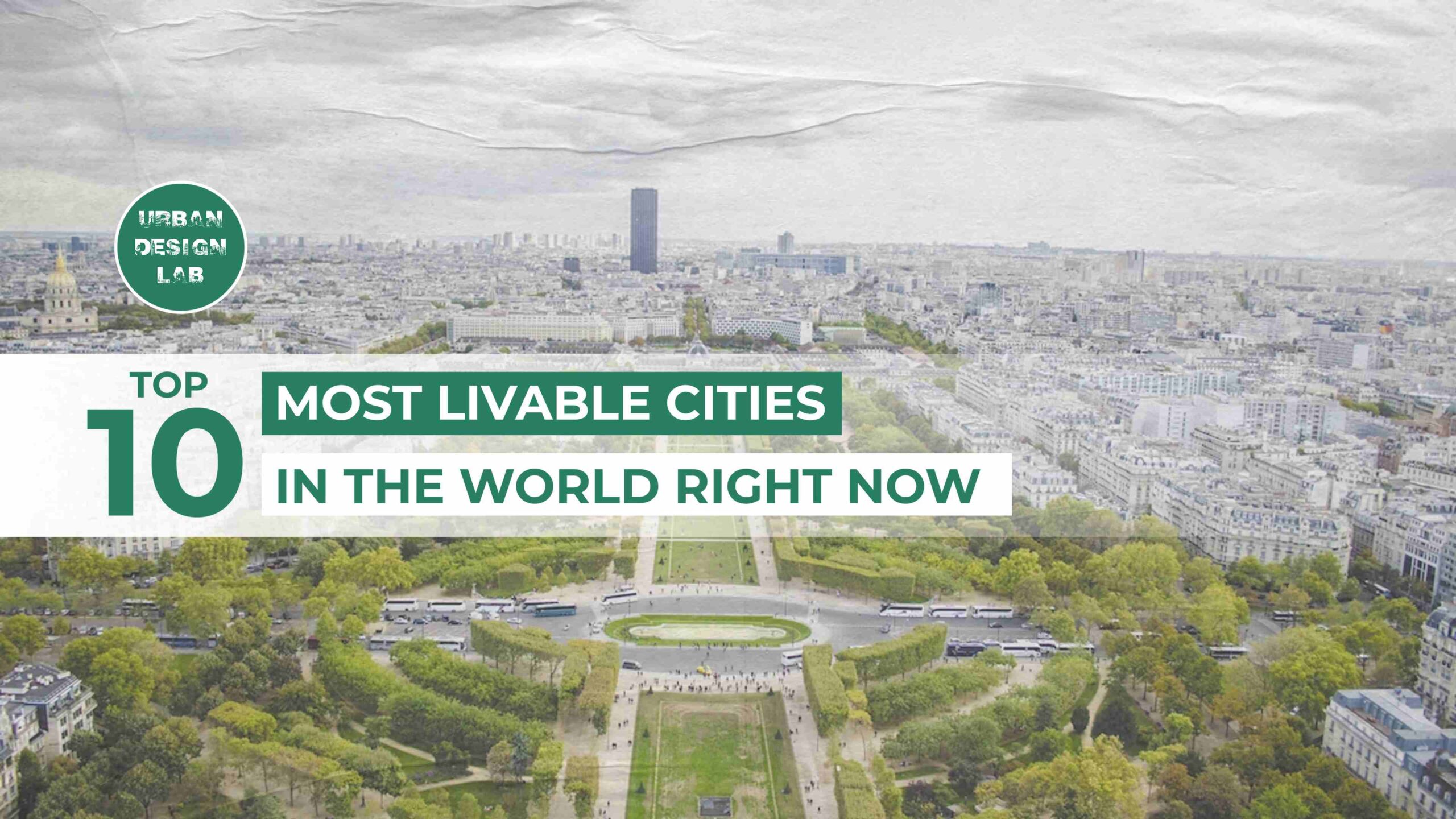
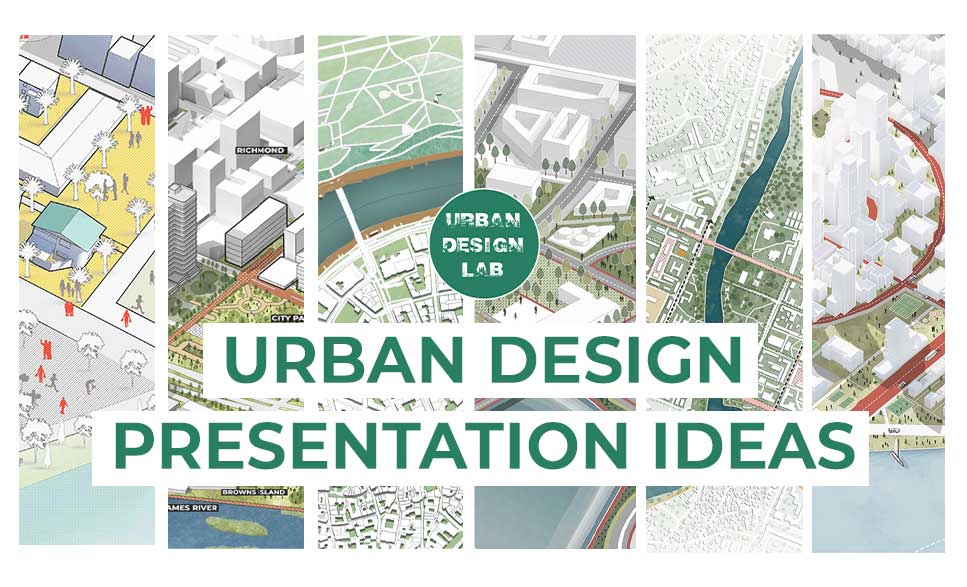
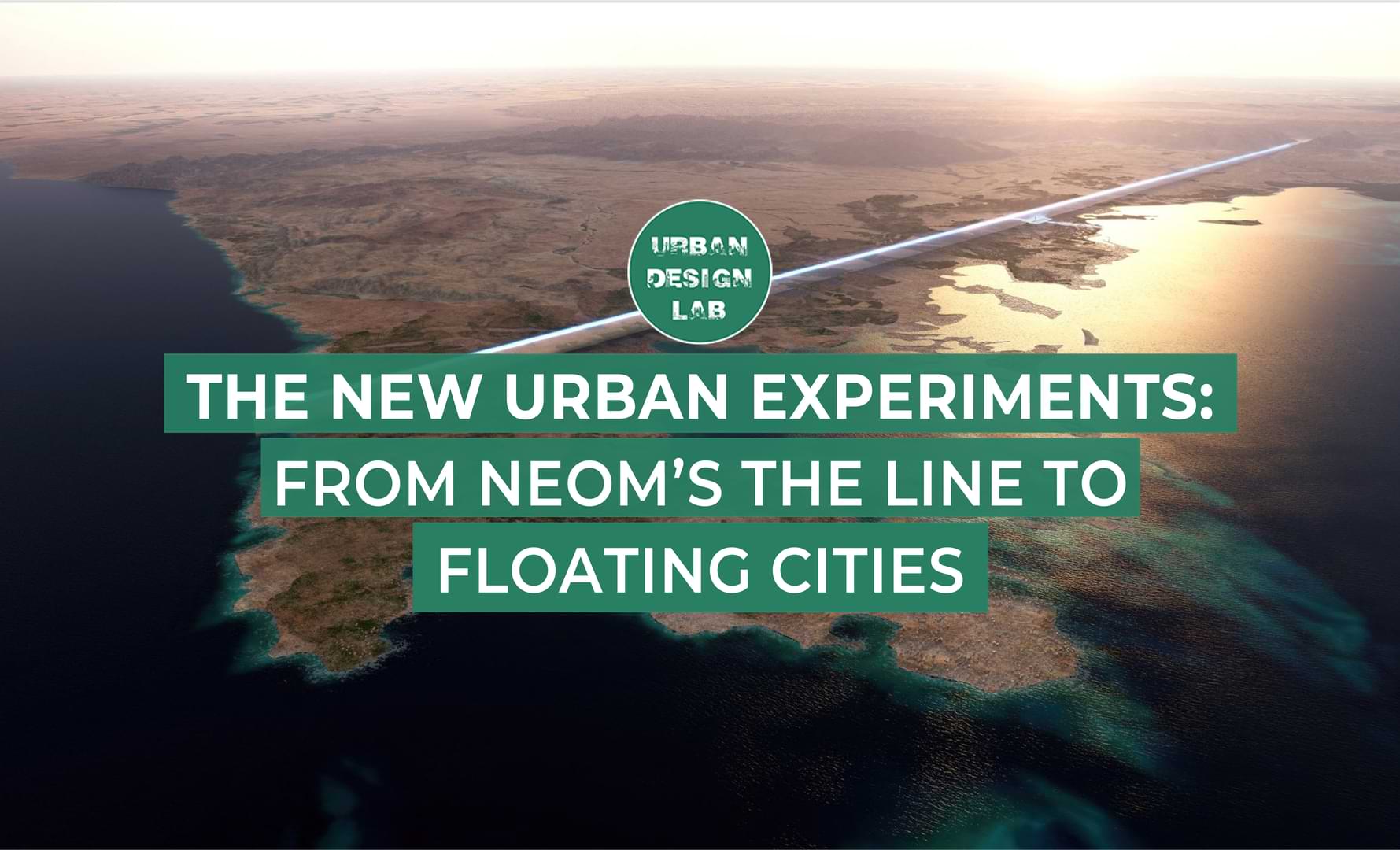
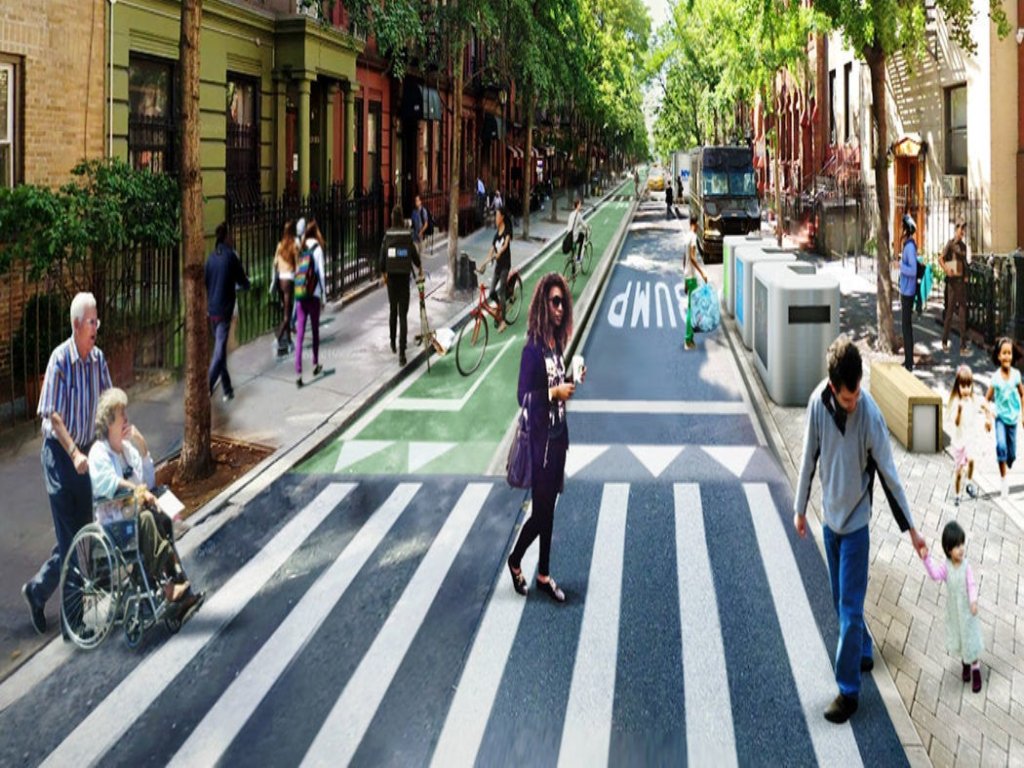



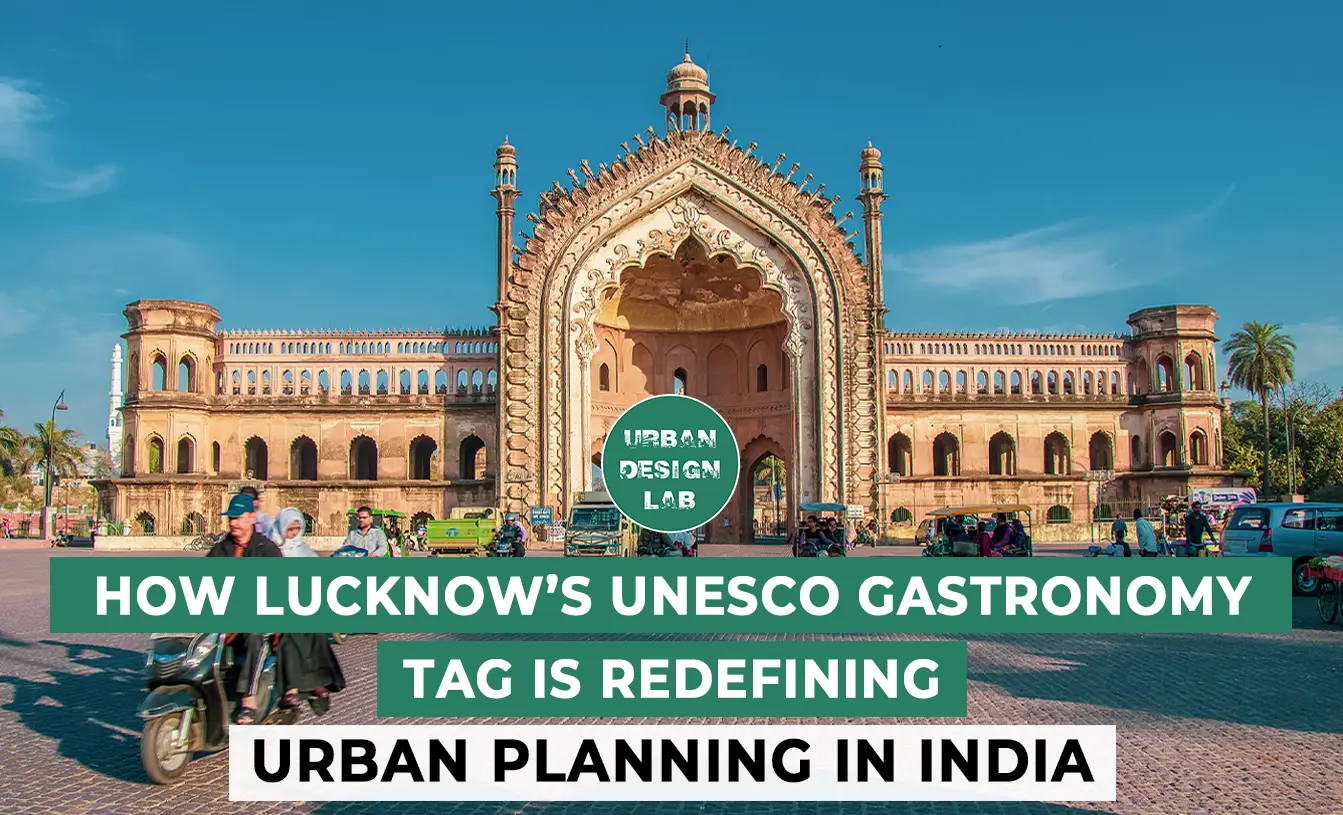
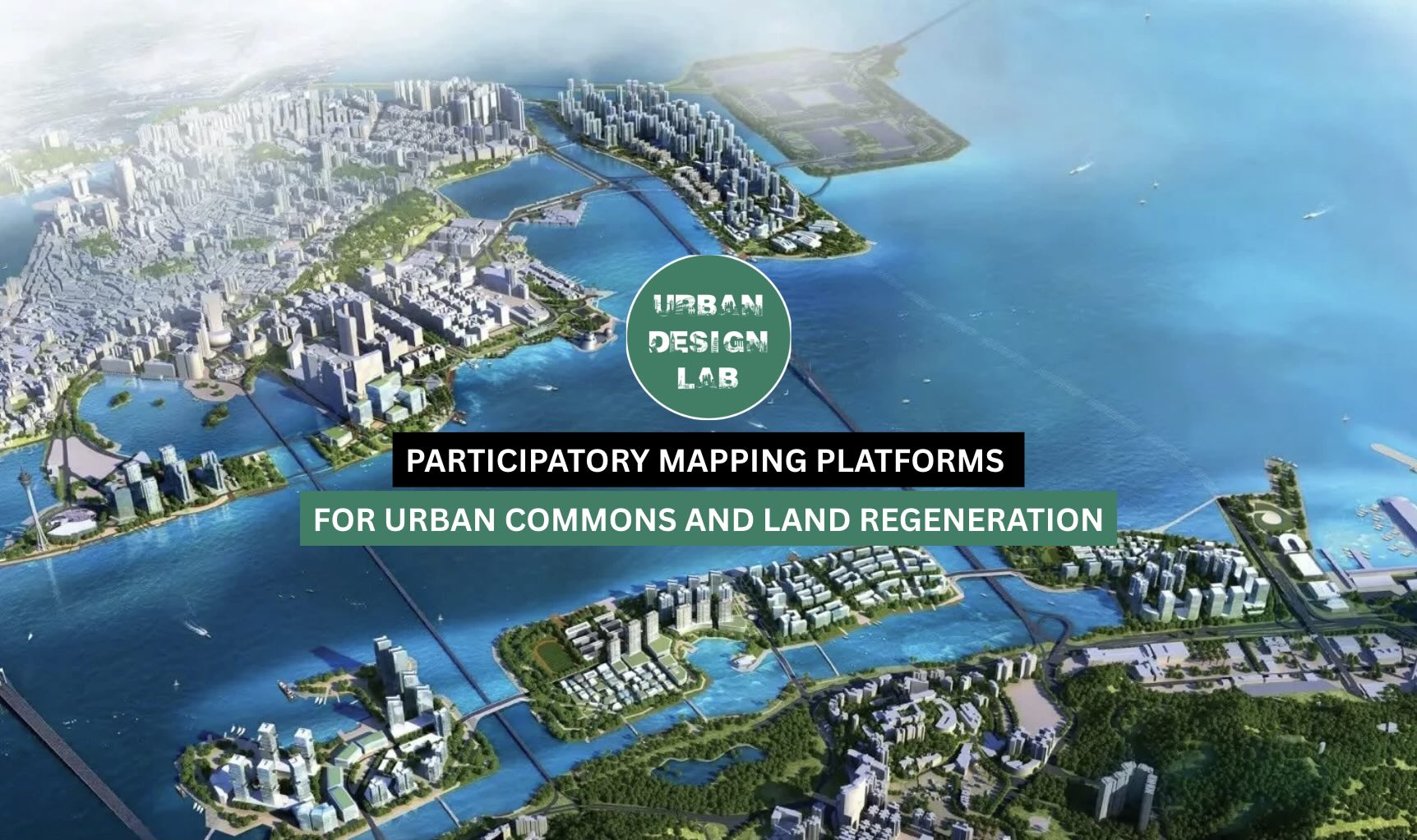
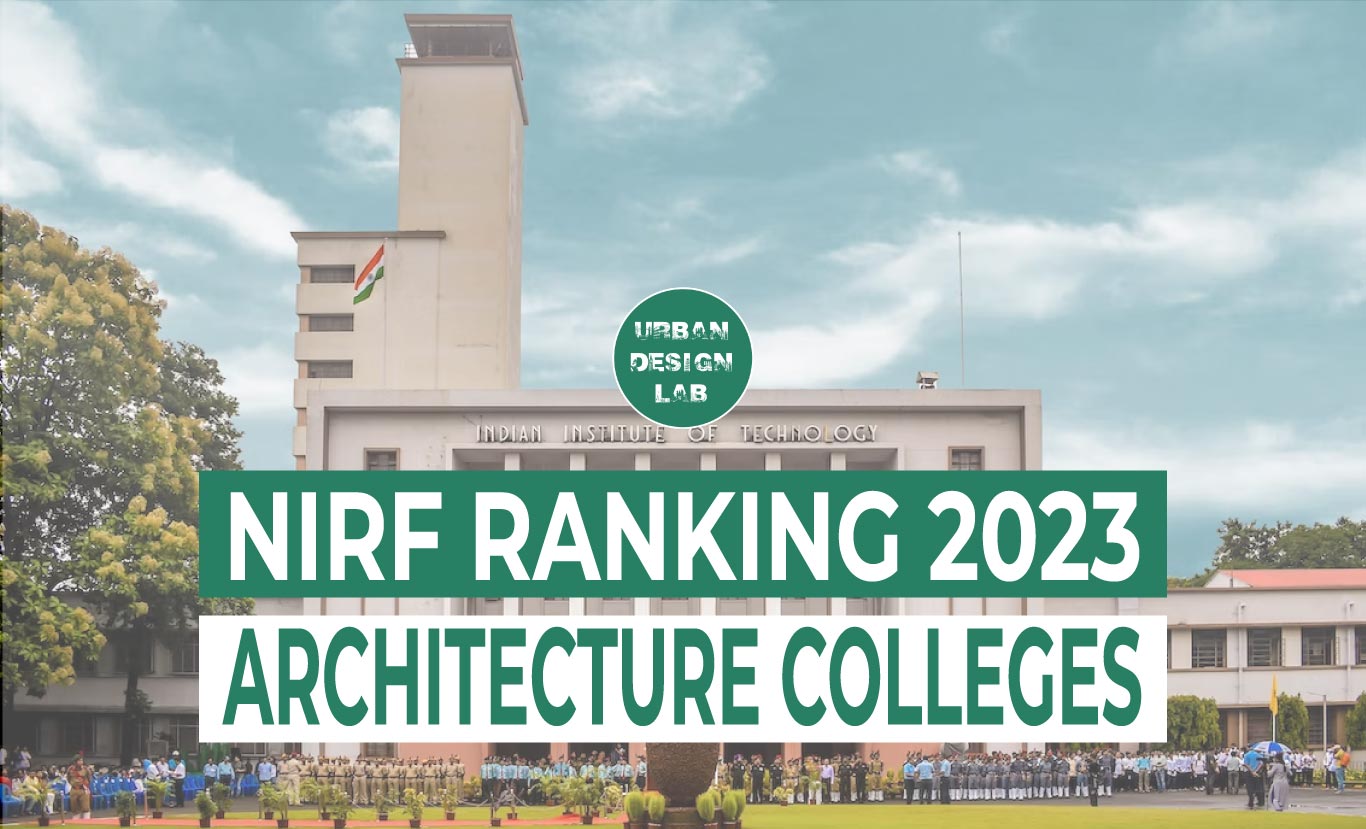
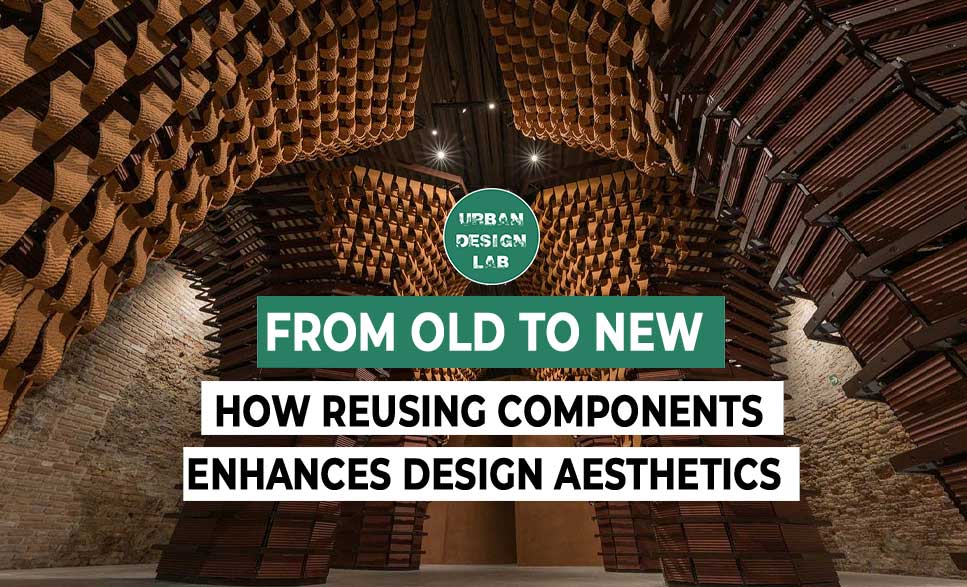


One Comment
He also report on baradari of patial and bathinda…pl make clarification.